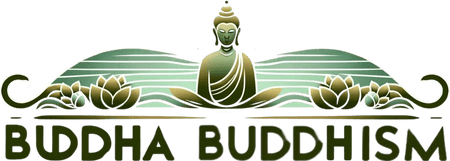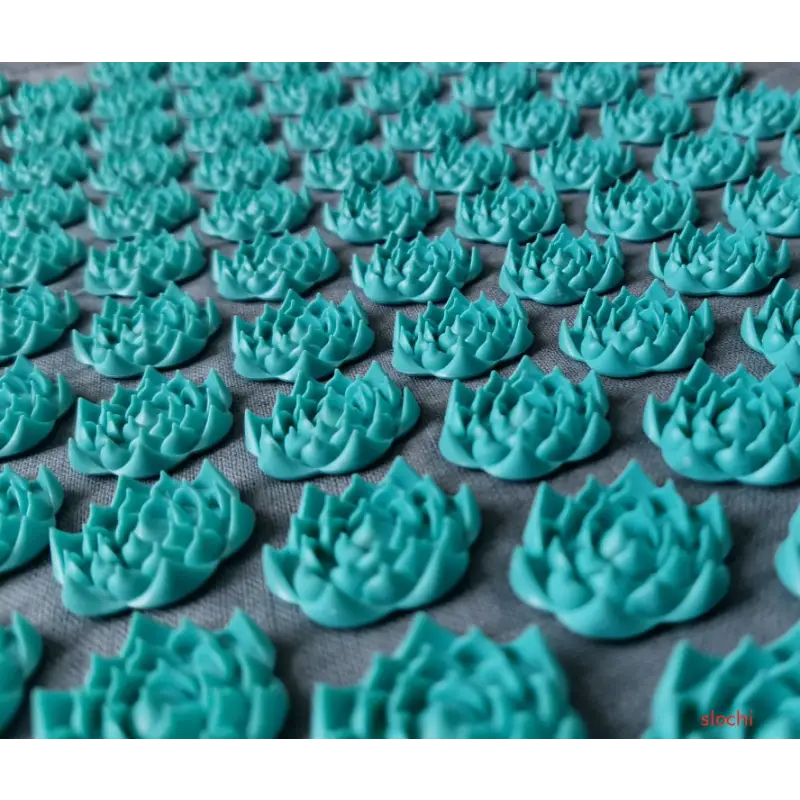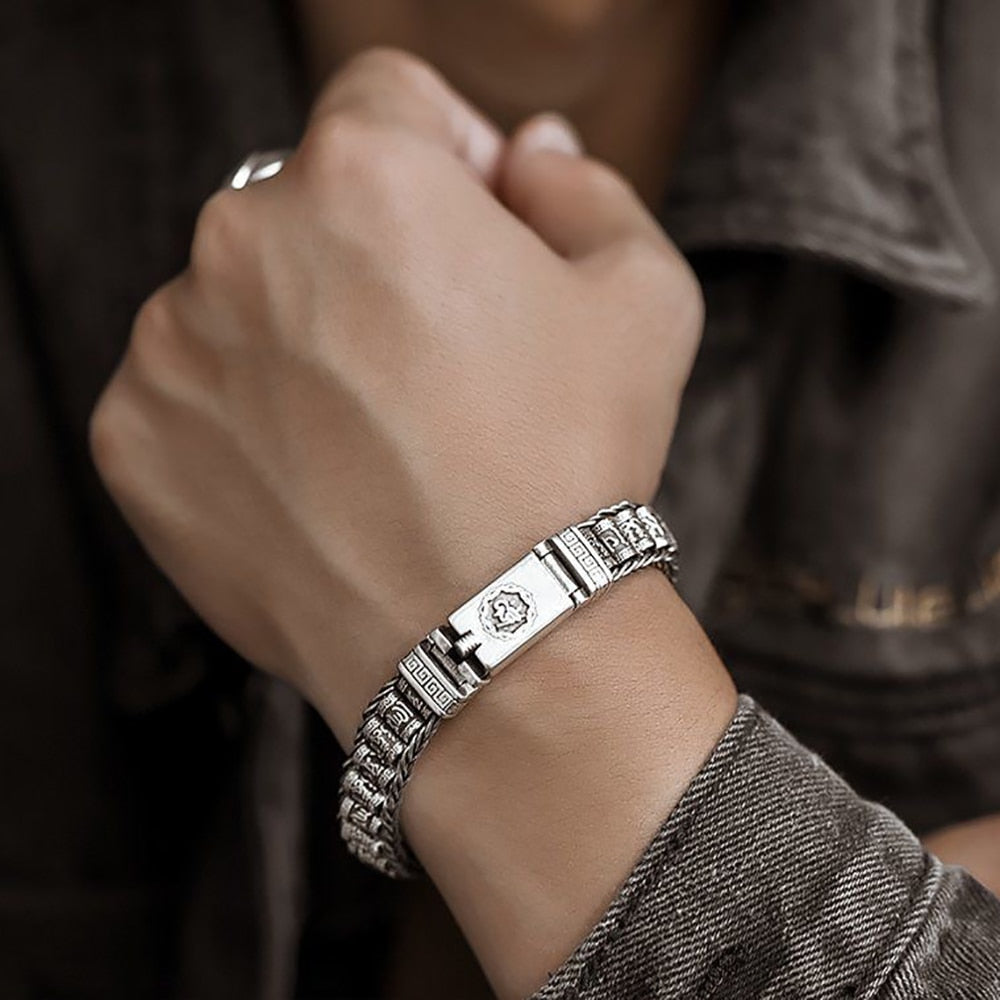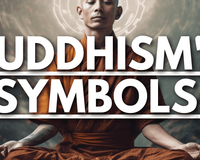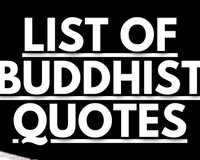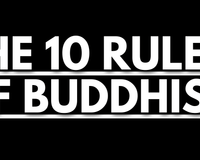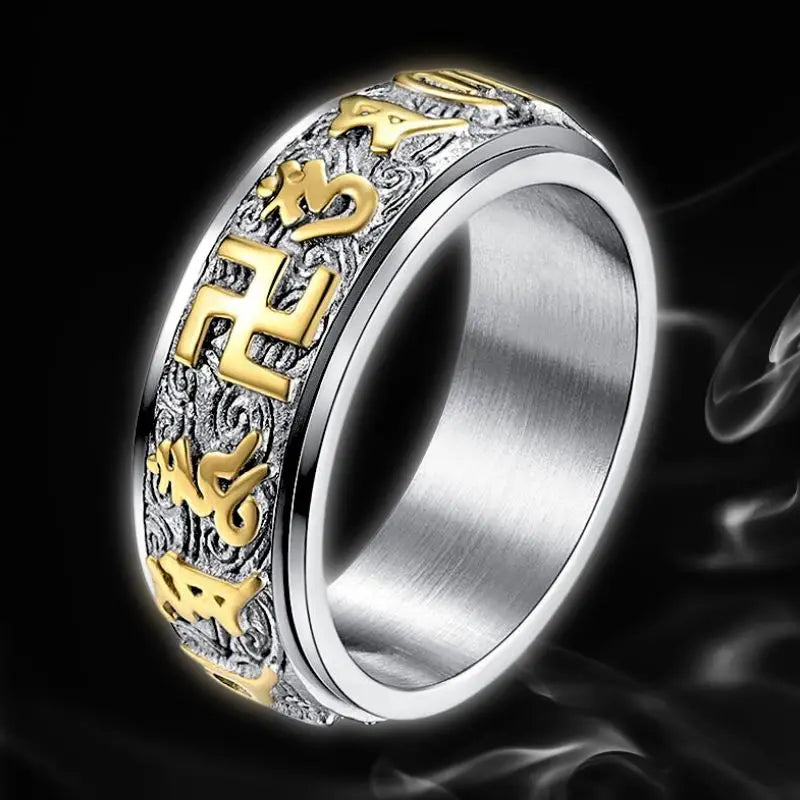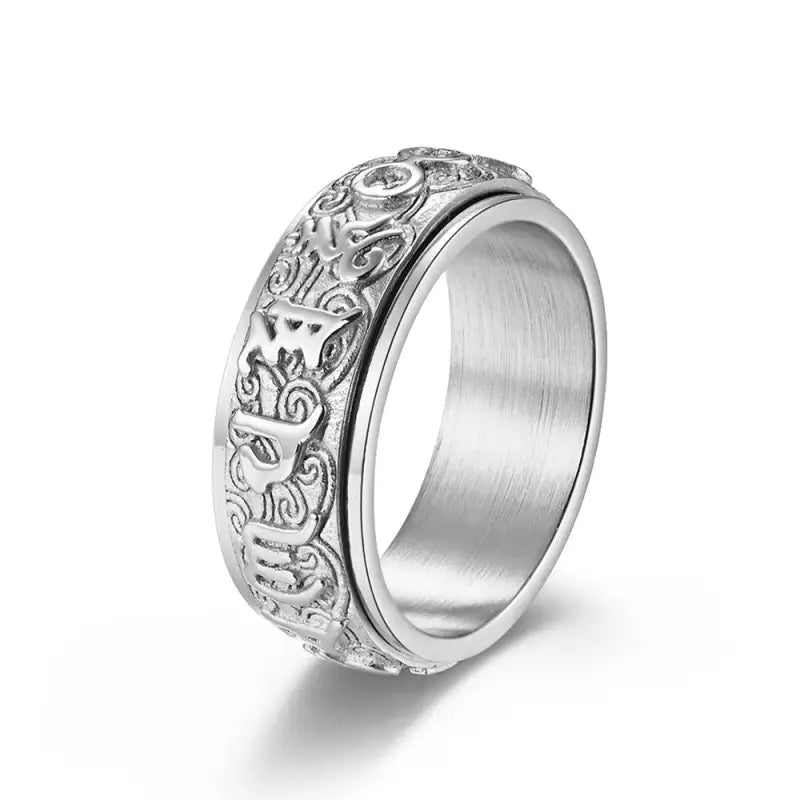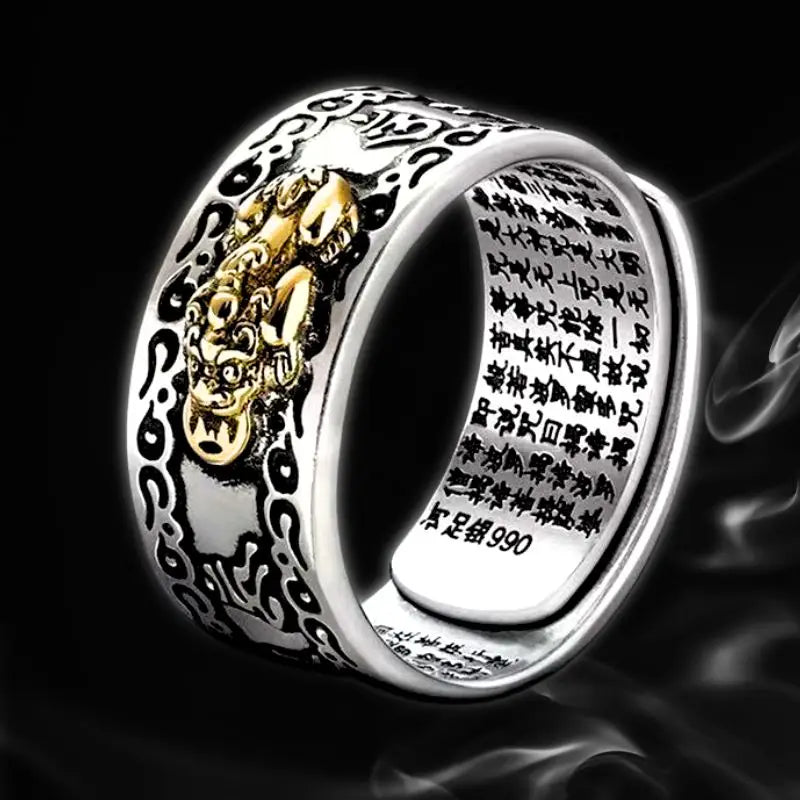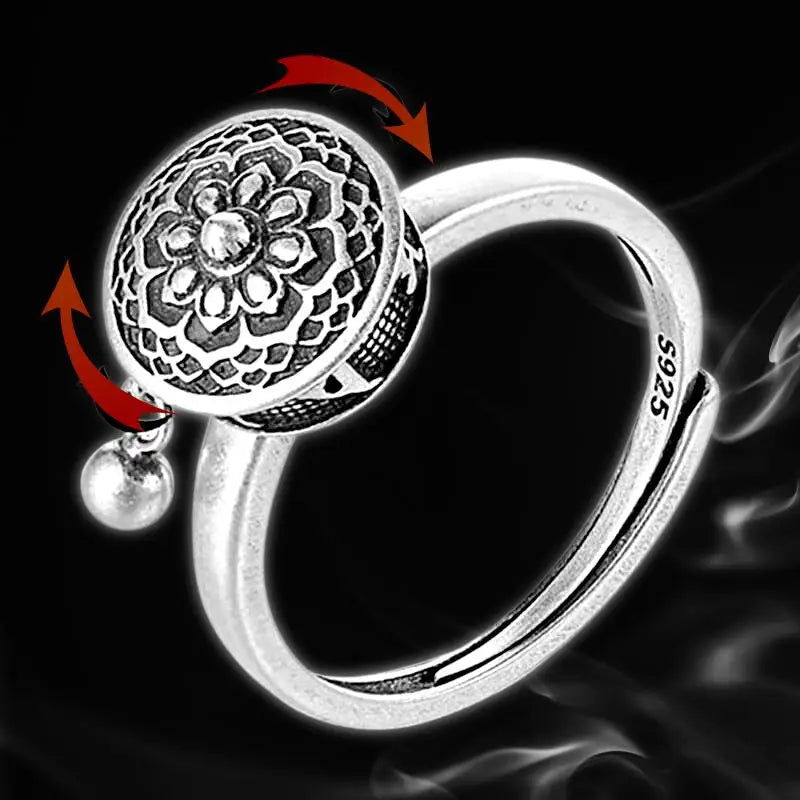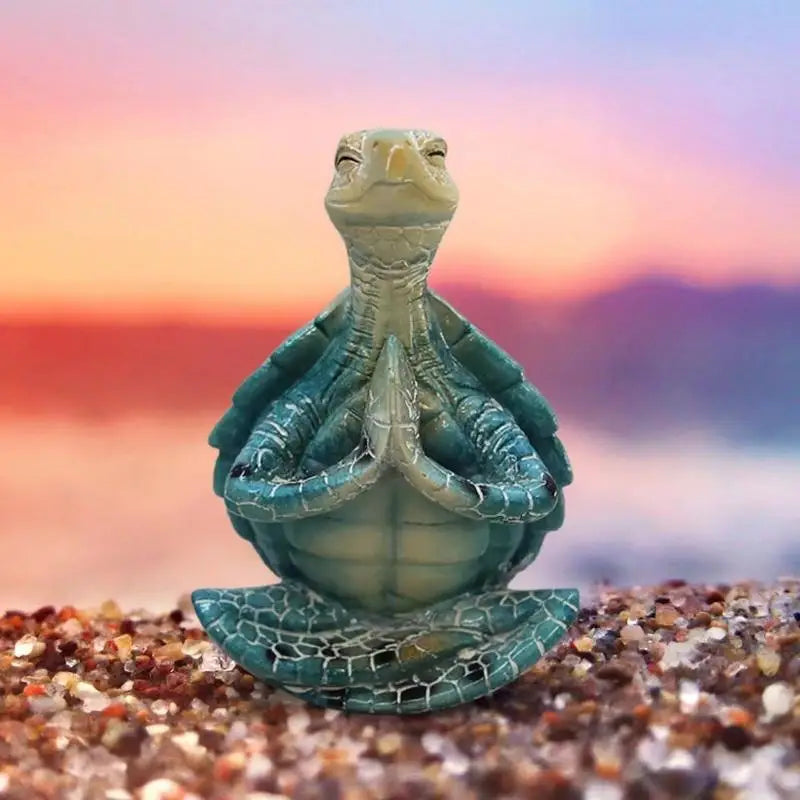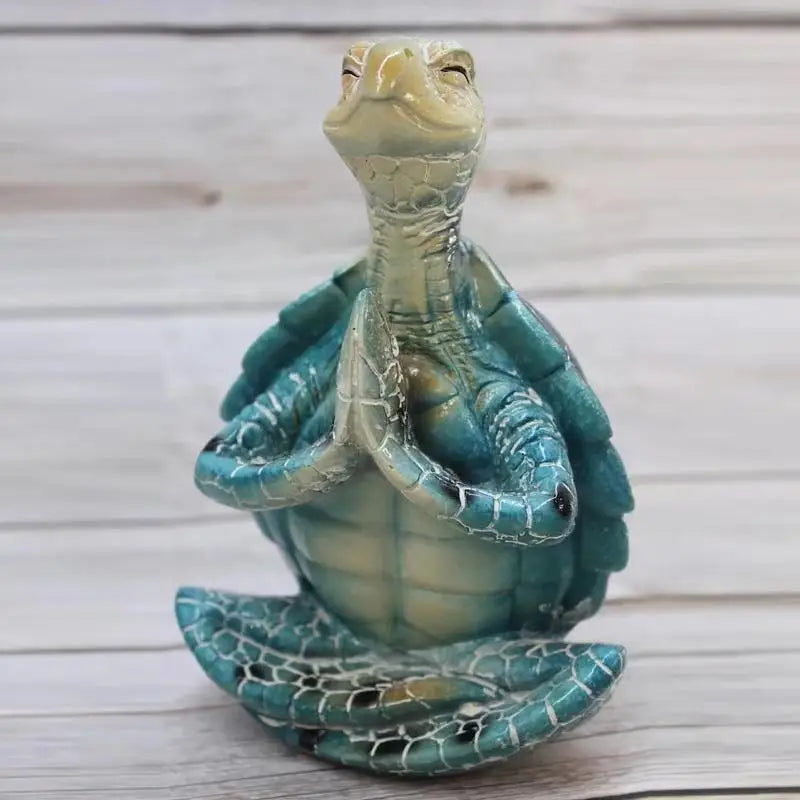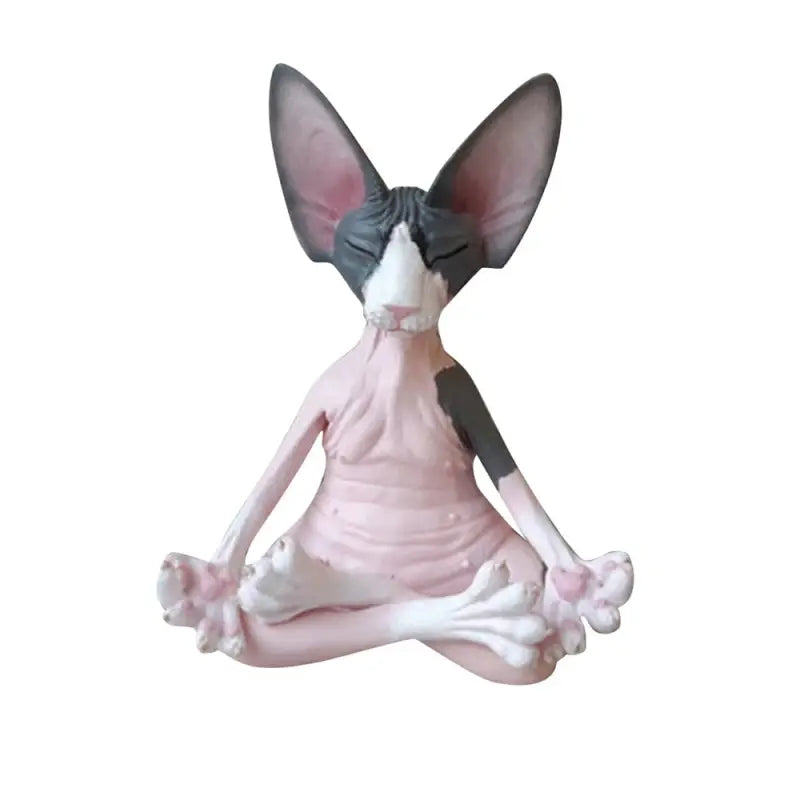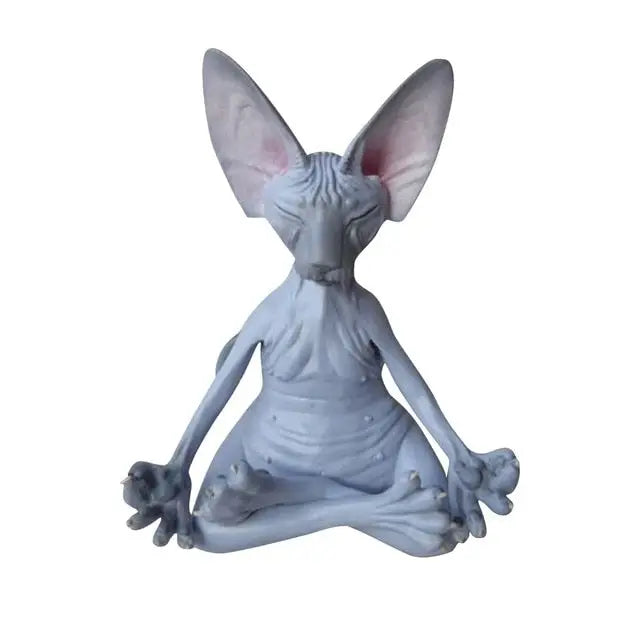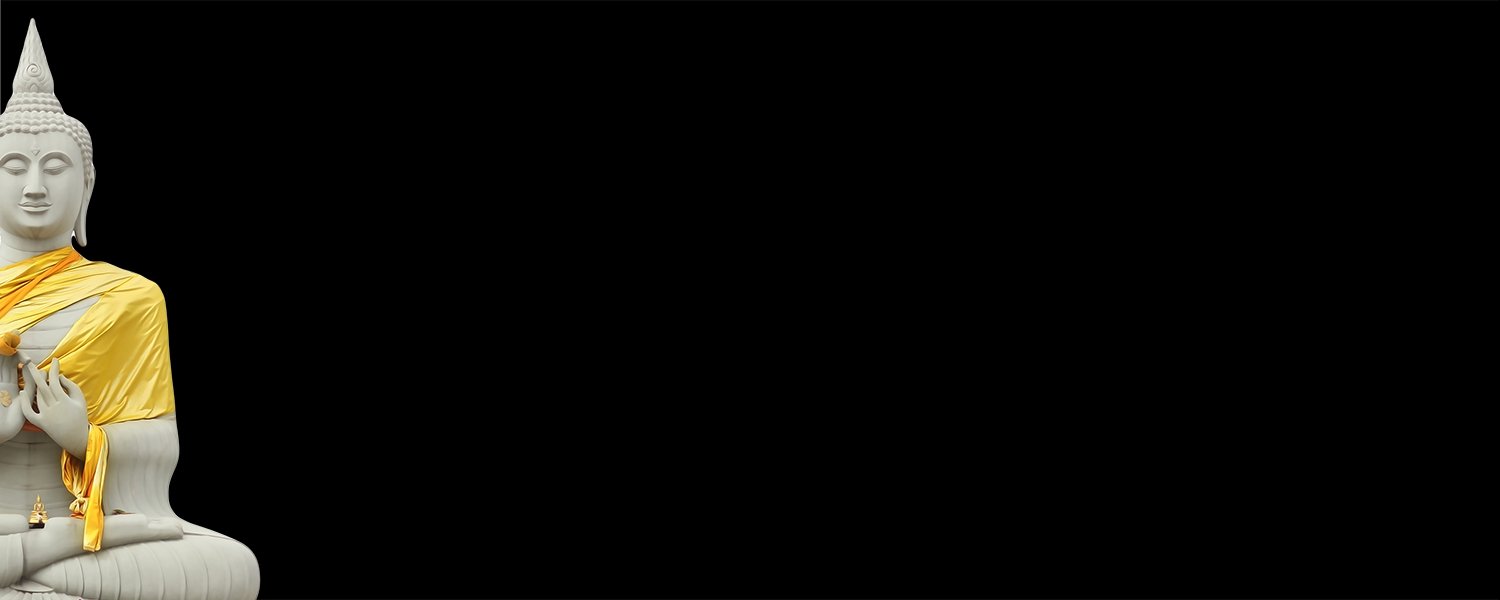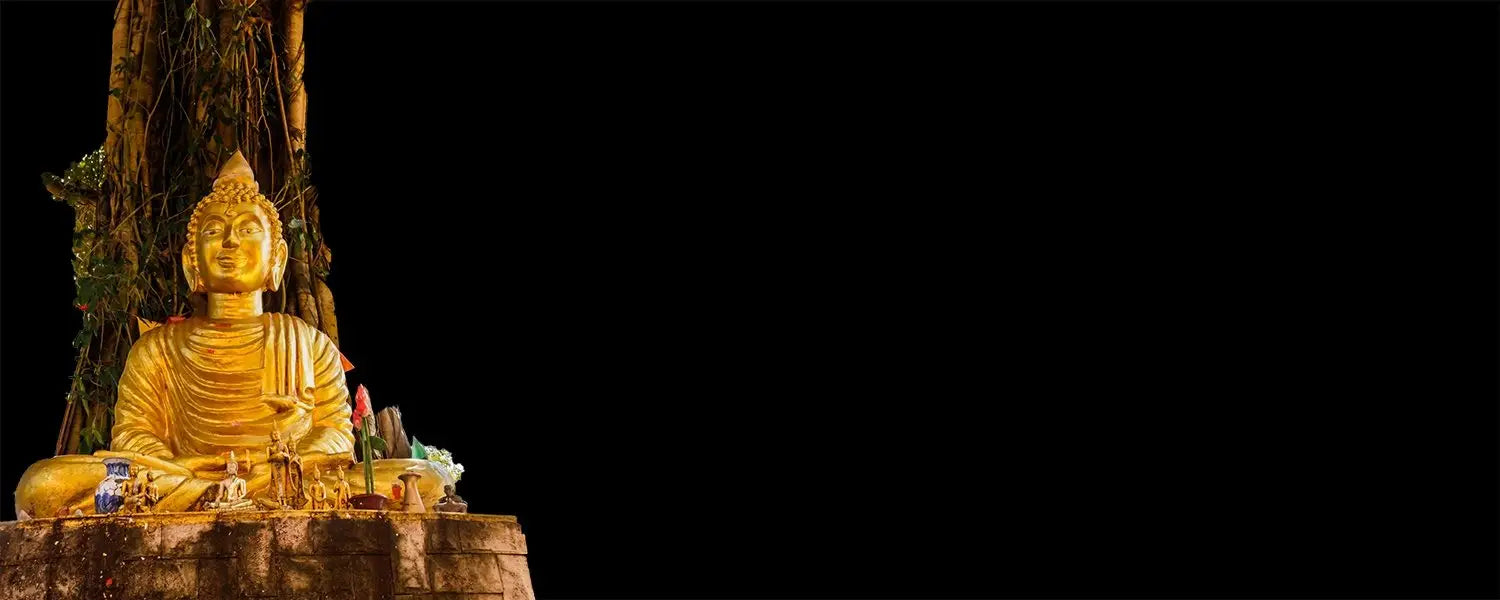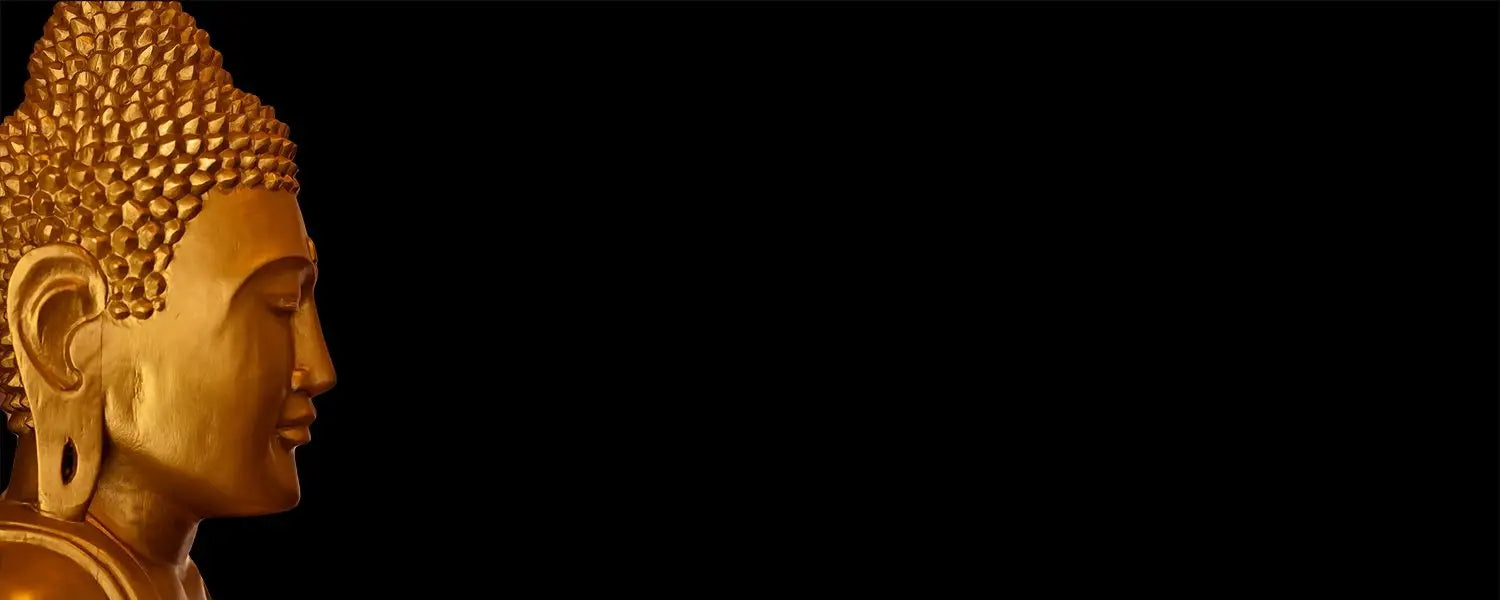Theravada Buddhism is the most practiced form of Buddhism in many Southeast Asian countries like Thailand. Tradition dictates that each day of the week is associated with Buddha Shakyamuni and a color. This Buddha is depicted in different postures depending on the day of the week. Followers of this Buddhist philosophy must thus pray to the Buddha corresponding to their day of birth. To learn more about the color and the Buddha associated with your birth day, follow the guide.
Which color and which Buddha for which day of the week?
- Sunday is associated with PhraTawaiNet and the color red. It features a Buddha in a standing position with hands crossed down the body, representing the Buddha's enlightenment posture. According to legend, PhraTawaiNet achieved enlightenment after meditating for 7 days under a tree.
- Monday is linked to the color yellow in Theravada Buddhism. The Buddha associated with Monday is PhraHarmSamot, who stands with one hand extended forward, palm out. This is the posture of the protector and peacemaker Buddha, also referring to the mastery over passions.
- Tuesday is for those born on a Tuesday to pray to PhraSayiasna, associated with the color pink. This Buddha is depicted lying on the right side, supporting his head with his right hand, left hand along the body, and feet in parallel. This represents the Parinirvana posture, symbolizing "the end of physical existence."
- Wednesday, associated with the color green, is represented by two Buddhas. On one hand, PhraOom-Baht, a standing Buddha holding an alms bowl, reminds monks of the ideal of poverty and detachment from the material world. On the other hand, PhraPangReerai, seated, receiving offerings from a monkey and an elephant.
- Thursday's Buddha, Phra Nung Samadhi, is associated with the color orange. He is depicted in a classic meditation posture, the lotus position, with the soles of his feet visible, hands on the knees, fingers stretched out, and palms facing upwards, meditating to reach enlightenment.
- Friday is associated with PhraRumPeung and the color sky blue. This contemplative Buddha stands with arms crossed over the chest, symbolizing the Buddha's hesitation to teach.
- Saturday is linked to PangNakProk and the color purple. This Buddha sits in deep meditation, protected by the naga king, a large serpent with 7 heads, coiled behind him.
Buddhism: A Philosophy of Happiness?
Buddhism originated in the 5th century BCE when Siddhartha Gautama attained enlightenment and chose to be called Buddha or "the enlightened one." He began teaching monks until his death at the age of 80. Unlike other religions, the concept of a god is absent in Buddhism. Practicing Buddhism is about observing and meditating, a philosophy based on observation, reason, and awareness. For centuries, Buddhist wisdom has focused on how to achieve happiness.
According to Buddhism, suffering arises from attachment to material and perishable things. Desire or aversion towards unpleasant experiences leads to disturbing emotions, preventing humans from achieving inner peace. For Buddhists, happiness is not tied to simple pleasures but to the heart and mind. Indeed, when the mind is at peace, a person will be happy regardless of circumstances. Happiness requires developing qualities like compassion, gratitude, love, etc., and internal discipline to transform negative attitudes and thoughts, freeing oneself from suffering. Meditation in Buddhism is a tool for self-connection, helping to become aware of negative emotions and behaviors that hinder happiness.
Signs, Symbols, and Buddhist Objects
Buddhist monasteries and temples are filled with ritual objects, which many followers purchase for use in meditation or as decoration to create a zen and well-being atmosphere at home. For example, the Dharma wheel is one of Buddhism's most important symbols, representing Buddha's teachings and the endless cycle of birth and rebirth. The lotus flower, symbolizing purity, speech, and the mind, represents progress towards material things, water, and the sun of enlightenment. The endless knot or eternal knot is also a significant symbol in Buddhist philosophy, representing samsara or the world of suffering through which one must pass to reach nirvana.
During Buddhist rituals, many objects like prayer wheels are used. These cylindrical objects, inscribed with mantras, are turned with the right hand while reciting a mantra. Singing bowls, bell-shaped metal objects, are played with a mallet to produce harmonious tones, signaling the start and end of prayer sessions in monasteries.
